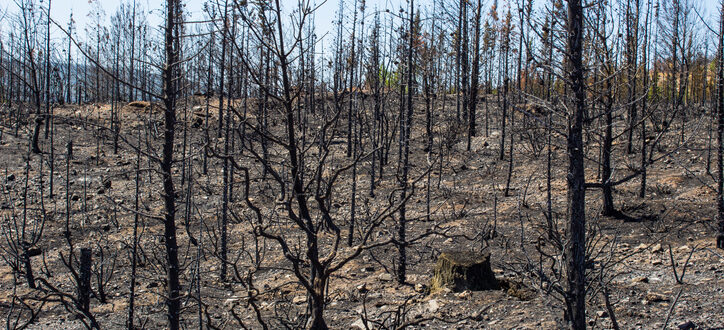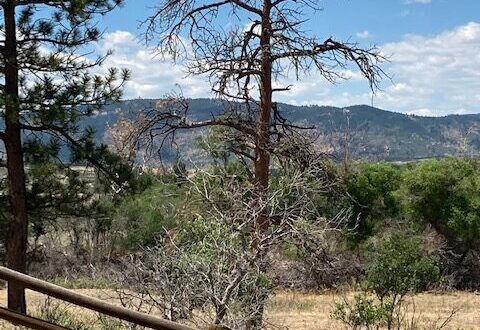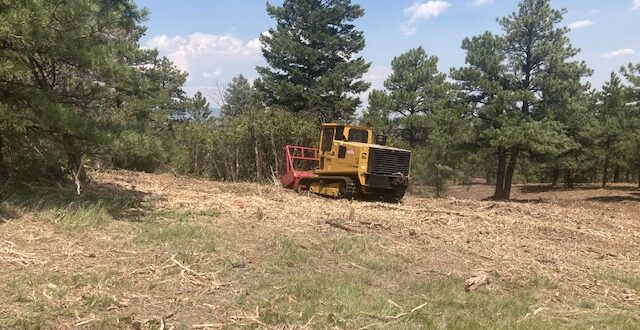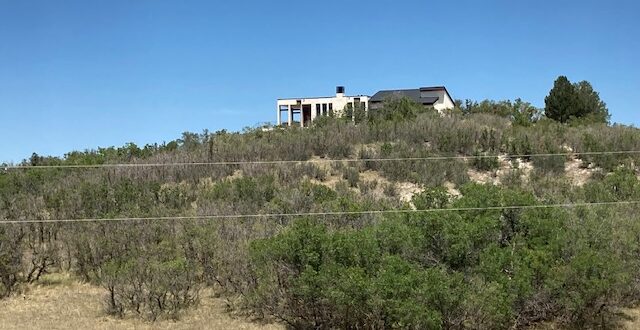There are various ways to fight fires around your own home. Fire gels are popular options, and they tend to last longer than fire foams. You can even reignite their benefits to keep fighting against the fires. How Long Do Fire Gels Last? It is possible to get up to 36 hours out of a fire gel. That is under the perfect conditions, though. Realistically, the gel will lose its moisture content within six to eight hours, especially if it’s a hot and windy day. Gels work through layers of slow-drying water-filled bubbles. It’s possible to get the water bubbles back by misting the gel with water. Even when you’ve left the house, you can find that gels still work.
(719) 400-9104
office@coloradomastication.com
There are all sorts of reasons to have guns in the house. They need to be stored safely, and this isn’t just to prevent small hands accidentally setting them off. Firearms can pose a danger in wildfires, especially when it comes to cartridges in the firearm. The firearms themselves pose little danger in the fire. It’s the cartridges that are filled with gunpowder. The Difference Between Loaded and Unloaded Cartridges in a Fire When temperatures get to around 320F, the unloaded cartridges pose a danger. This is the optimum temperature for the gunpowder to start cooking. However, the metal of the casings will also get weaker in the fire. When the gunpowder does go off, the metal of the casing
You need evacuation vehicles ready to go. These should have all the basic supplies you’ll need and be ready to run as soon as you need them. After all, you don’t know when you’ll need to evacuate your home. Make Sure the Fluid Levels Are Good During fire season, you should make sure the tanks in all your evacuation vehicles are half filled at least. This will get you out of town fast enough and then you can worry about topping up the gas after. It’s also important to check on other fluid levels. Check that the windshield wiper fluid is full. This is the most important but overlooked of all the fluids. A lot of ash can come down
The best way to protect the Colorado forests from pests is to split the area into four sections. There are different pests more prevalent in some areas over others. Northwest Colorado has three types of pests that the Colorado State Forest Service is keeping an eye on. The CSFS looks for ways to mitigate the issues caused by pests to minimize infestations. This is also important to prevent trees from becoming susceptible to forest fires. Douglas-Fir Beetle One of the biggest concerns in the area is the Douglas-fir beetle. This is a pest that has affected other parts of Colorado as well, but it’s affected around 3,025 acres in the northwest in 2021. The drought conditions have led to an
For fire mitigation in zone 1 and 2 on your property in Manitou Springs, give Colorado Mastication a call (719)400-9104. After you’ve done your fire mitigation work in Zone 1, it’s time to focus on Zone 2. You can also work on the inner parts of Zone 3. This is all part of Phase 2 of fire mitigation. This phase will also include some follow-up work in the first zone of land. However, the main focus is on the area 30 to 200 ft from your home. Thinning the Forest The first part of this phase is thinning the forests. You’ll need to create breaks in the canopy, and you’ll want to remove the trees that are more likely to
For questions about fire prevention and mitigation in Zone 3, contact Colorado Mastication at (719)400-9104. While the first two zones are the most important for your house, if you have property boundaries in Zone 3, you need to know how to protect the land. This is likely if you have more than an acre of land. Zone 3 is the wildland. Fires that start away from the home will use Zone 3 as a way to build up intensity. You can control that and slow the fires down. Managing Wildland in Zone 3 In this zone, you’re cutting the tree limbs to between four and six feet from the ground. Preventing the ladder fuel is the best way to slow
To clear fence line or area around your existing fence, contact us now. When living in a wildfire zone, you need to take extra steps to help prevent not just the spread of the fire but the damage the fire can do to your home. While you want landscape fences and walls, you’ll need to assess whether they work for your specific needs and are good for the area. This doesn’t mean fences and walls can’t be placed at all. Here are the top tips for constructing the right walls and fences in a wildfire zone. Concerns About Walls and Fences While you want to protect your property and note your boundary, it’s easy to overlook the way the walls




